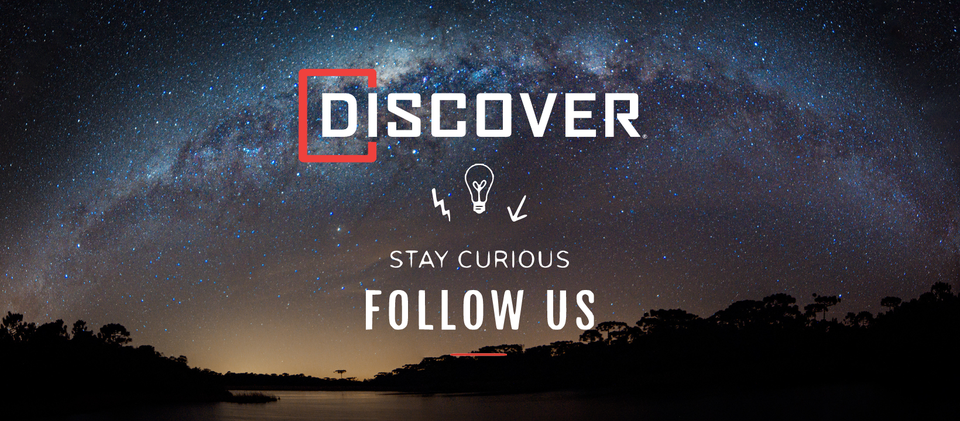


Science that matters, for readers that matter.
201 pessoas curtiram isso
0 Publicações
0 fotos
0 Vídeos



